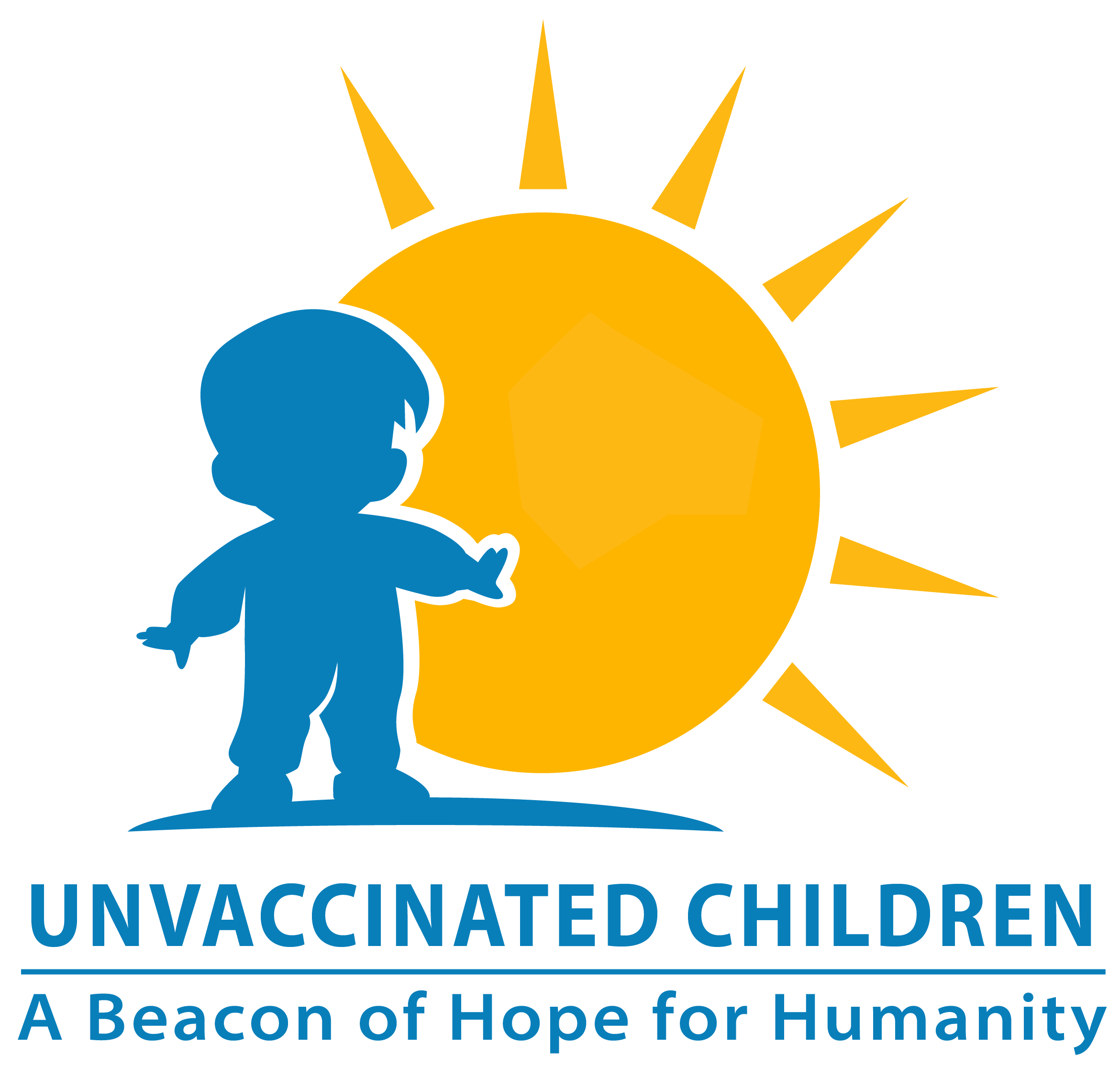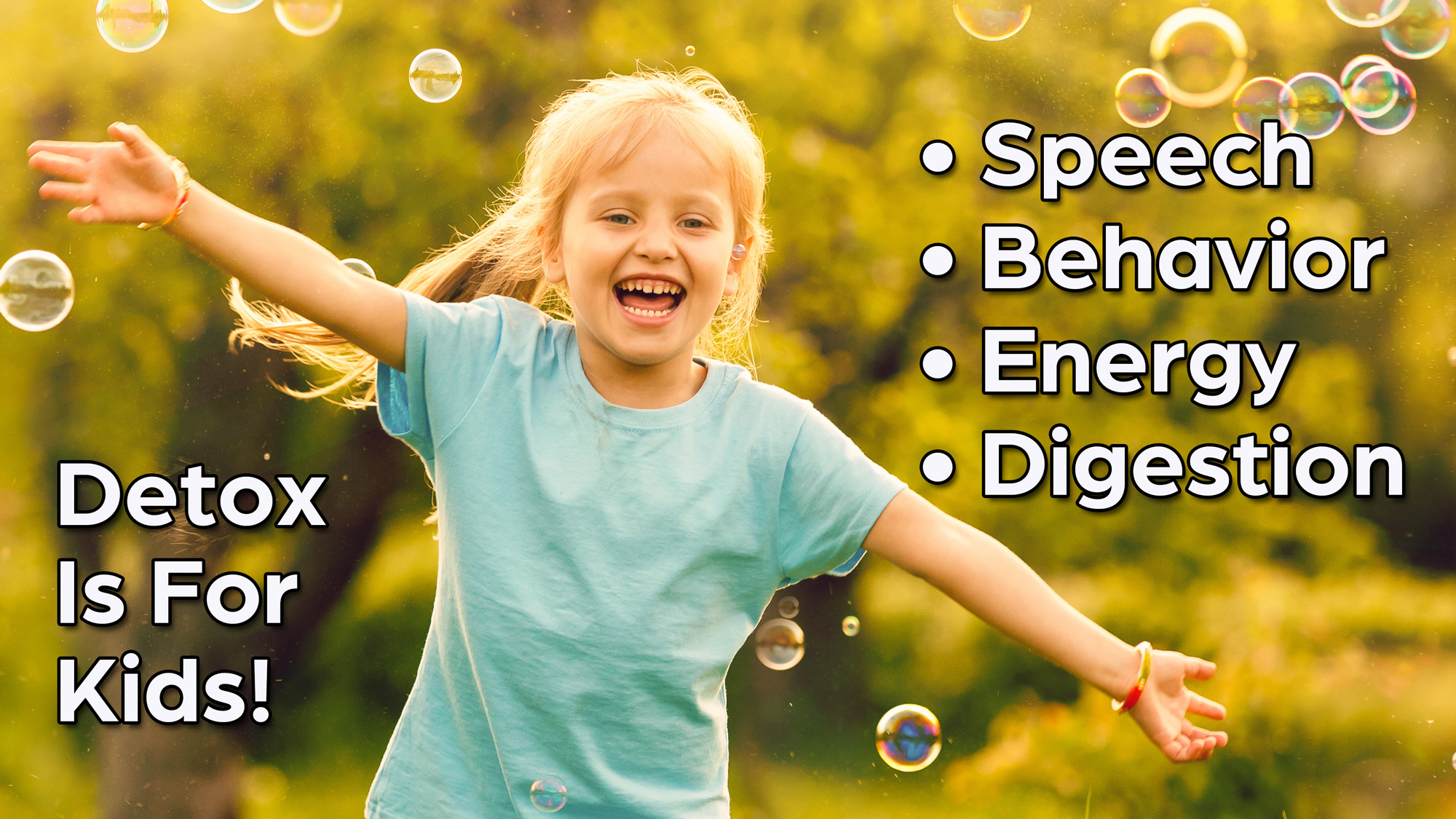3. ADHD: Attentional Priority Disorder—Not Attention Deficit Disorder

3. ADHD: Attentional Priority Disorder—Not Attention Deficit Disorder
The link between neurological challenges and attention disorders has been studied and explained extensively by Judith Bluestone, founder of The HANDLE® Institute, formerly headquartered in Seattle, Washington.[1] HANDLE (an acronym for Holistic Approach to Neurodevelopment and Learning Efficiency) considers labels such as ADD or ADHD to be limiting and impractical. Bluestone acknowledges that broad diagnostic terms may serve the purpose of providing “a sort of shorthand with which to discuss clusters of symptoms.” That said, Bluestone adds, “No one yet knows how to treat a label.”[2]
Not only are labels like ADD and ADHD limiting, they may not accurately reflect the experiences of a child diagnosed with these conditions: Bluestone and HANDLE contend that there is no such thing as an attention “deficit.” As Bluestone says, “Everyone is always attending to something.” The question is to what. The ability to manage sights, sounds, physical sensations, and other stimuli taken in by the senses is often compromised in children diagnosed with ADD/ADHD. Their subsequent struggle to feel at ease in their surroundings and even in their own skin absorbs their attention—and takes priority over staying in their seat, heeding directions, or remaining focused on schoolwork. Consequently, Bluestone has reclassified the symptoms associated with ADD/ADHD as Attentional Priority Disorder, a term that is less limiting yet more representative of the conditions behind attention disorders.
Children with attention disorders may have a poor sense of equilibrium and movement, or perhaps they are highly sensitive to sights, sounds, or tactile sensations. They become unable to respond to a teacher’s instructions amid the glare of fluorescent lights, the rumbling of the copy machine, another student’s tapping foot, the sensation clothing against the skin, or the feeling of being unbalanced and precariously situated in space. For the ADD/ADHD-labeled child, such stimuli enter his or her consciousness at the same priority level, causing sensory overload and a consequential “shut down.”
An attention disorder results from disorganization in the neurological systems that provide information to the brain (via vision, hearing, or other senses). The child is paying attention to certain sights, sounds, or other information because doing so seems necessary to ensure his or her feelings of safety and security—after all, our first response is always for survival. Unfortunately, to others this may look like the child is not “paying attention.” But the child’s behavior is a direct response to sensory overload, the result of neurological dysfunction.
Behavior and the Brain
There are many neurological systems that are part of the central nervous system and provide information to the brain, including the vestibular system (the very important and complex inner-ear system that affects and supports numerous other neurological systems), olfaction (smell), gustation (taste), tactility (touch), muscle tone (the muscles’ readiness to respond to stimuli), kinesthesia (one’s awareness of movement), proprioception (the unconscious awareness of the dynamic sense of body in space), oral-motor function, audition, visual functions (including eye teaming and tracking), differentiation, laterality, and interhemispheric integration. All of these systems must work properly, and together, in order for a person to function “normally.” Diagnosis of ADD/ADHD, Asperger’s syndrome, Tourette’s syndrome, dyslexia, autism, and other neurological disorders may occur depending on 1.) which of these neurological systems is compromised or not connecting efficiently to other systems and 2.) the severity of the weakness within any given neurological system(s) or interaction of systems. Neural pathways in the brain and other organs and systems transmit information—gathered by the systems enumerated above (e.g., vision, hearing, smell, touch, taste, muscle tension, equilibrium, and body-in-space)—throughout a variety of processing systems. These systems interface our past (memory), present (sensory), and future (intention and aspiration) to give us appropriate plans for action, be it speech, reasoning, movement, refrainment from action, reading, writing, or another response. When the neural pathways become disorganized and/or are underdeveloped and thin, messages tend to be transmitted at a sluggish pace, causing “bottlenecks” and sensory overload. [3]
Messages may subsequently be discarded because they haven’t received the repeated transmissions required to support the development of connective neural pathways. Or the child may still be processing the first message when new messages come along, causing confusion.[4] The brain is then susceptible to becoming overwhelmed by normal sensory input, resulting in a “shut down” of some of the neural systems. This shut down may cause the outbursts and emotional meltdowns sometimes seen in children suffering from ADD/ADHD—they are acting out in anger and frustration over not being able to concentrate on, comprehend, and respond appropriately to the tasks at hand. This is frequently the result of a compromised vestibular system (inner ear) that is not able to simultaneously support vision, hearing, movement, and a sense of body-in-space, all of which are necessary in order first to feel safe and secure, then to respond appropriately to a task in a reasonable amount of time. Additionally, overstimulation of a hypersensitive and/or disorganized system may feel like an assault, in which case the child may respond reactively or even reflexively, rather than responsively.
Outer Behavior, Inner Challenges
Watching a child’s outer behavior can offer insight into his or her inner neurological challenges, if you know what to look for. For example, the child who looks away when you talk to her may need to reduce visual overload so she can listen to you. The child who slumps down in his chair may be exhibiting that he has low muscle tone, and until he relaxes all his muscles he may not be able to pay attention. The child who wants to wear loose clothing may be telling us that he has tactile issues and is bothered by the feel of cloth on his body; until his tactile issues are resolved, he won’t be able to pay attention to anything else. The child who wears a visor may need to keep the high frequency flickering fluorescent light from assaulting her visual system so she can pay attention. The child drumming with the pencil or constantly moving around may be telling us that her inner ear isn’t working properly, and she must move to keep the vestibular system energized in order to pay attention. Until a child (or an adult) can attend to the neurological challenges dictated by her unique set of circumstances, she won’t be able to pay attention to what others want her to attend to.
Survival and Solutions
“If a situation is causing us distress,” Bluestone says, “we will engage in self-protective behaviors. All of us protect ourselves in the areas of our greatest vulnerability.” Safety and survival must be our highest priority so we will live to see another day. Children with Attentional Priority Disorder have varying areas of vulnerability, which often surface via strange or disruptive behaviors—an unconscious attempt to sift through the onslaught of information that seems to be bombarding them from all sides. Through HANDLE methodologies, neurologically challenged children can become capable of prioritizing their attention and controlling their behavior; permanently, and without drugs, once the health of the vestibular system and other neural pathways and systems are restored.
The “organized movement” activities that HANDLE has developed engage these neural pathways and systems, thereby strengthening them: an activity might involve hopping on one leg and then the other in a certain pattern, thus engaging the vestibular system, which affects balance, as well as neurological systems relevant to muscle tone, muscle differentiation, and use of the brain’s left and right hemispheres. These exercises’ targeted use of compromised neurological pathways and systems will enhance and repair them—and ultimately improve neurological functioning.
Like all natural or alternative health solutions, the HANDLE approach repairs the causes of a problem instead of merely treating symptoms. The next chapter will explore more ways to address the causes of neurologically based challenges—after explaining why these challenges occur in the first place.
[1] The HANDLE Institute treats a range of neurological issues, including, but not limited to, attention disorders, autism, learning disabilities, Tourette’s syndrome, and brain injury. It addresses these challenges with individualized diagnoses, dietary changes, and a personalized program of gentle “organized movement” exercises. To contact HANDLE, visit www.handle.org or call the institute’s headquarters at (206) 204-6000.
[2] Judith Bluestone speaking on “The HANDLE Approach,” taken from a recording of an informational community seminar in 1997.
[3] All information, whether taken in by hearing, sight, touch or another sense, travels through and among the nervous system circuitry via neurons. The sheath around a neuron’s axon consists of myelin, which insulates the axon. The thicker the myelin, the faster the messages travel across the neuron. Myelin is created in the presence of essential fatty acids. Therefore, as HANDLE notes, a diet that includes these fatty acids, specifically omega-3 fatty acids, is important for efficient nervous-system functioning. Omega-3 fatty acids can be obtained from cold-processed flaxseed oil as well as fish oil derived from salmon, mackerel and other cold-water fish. (Read Chapter 7 for additional information about essential fatty acids.)
[4] Both problems are addressed by HANDLE primarily through gentle “organized movement” activities, described in further detail at the end of this chapter and at the institute’s Web site.
Heavy Metal Detox for Children
Heavy Metal Detoxification is critical for their development, behavior, digestion, immune function, IQ, cognitive skills, speaking ability, and so much more. Learn how heavy metals can adversely affect your child, where these toxins come from and how to safely detox your child from heavy metals.

